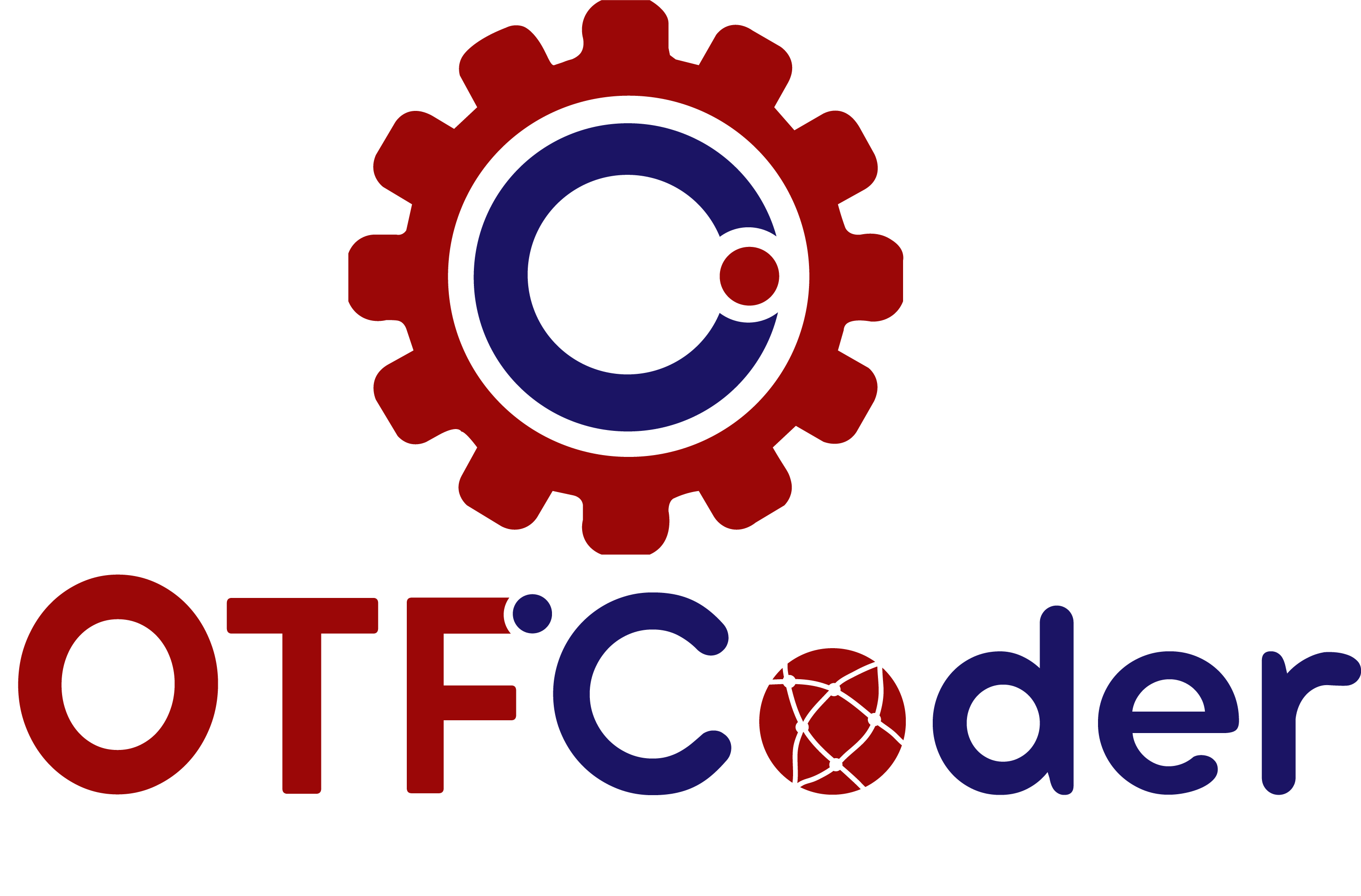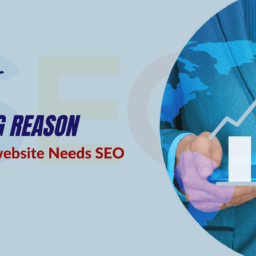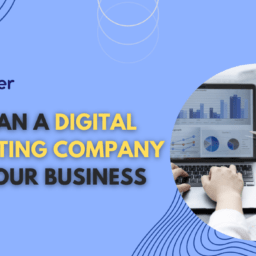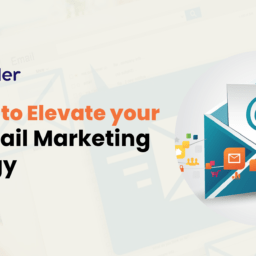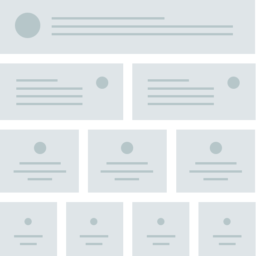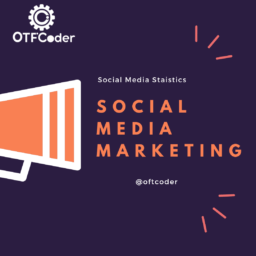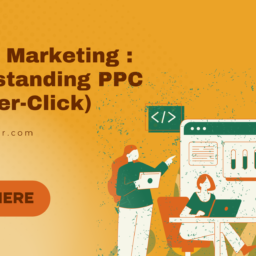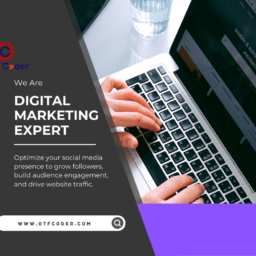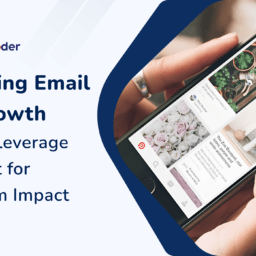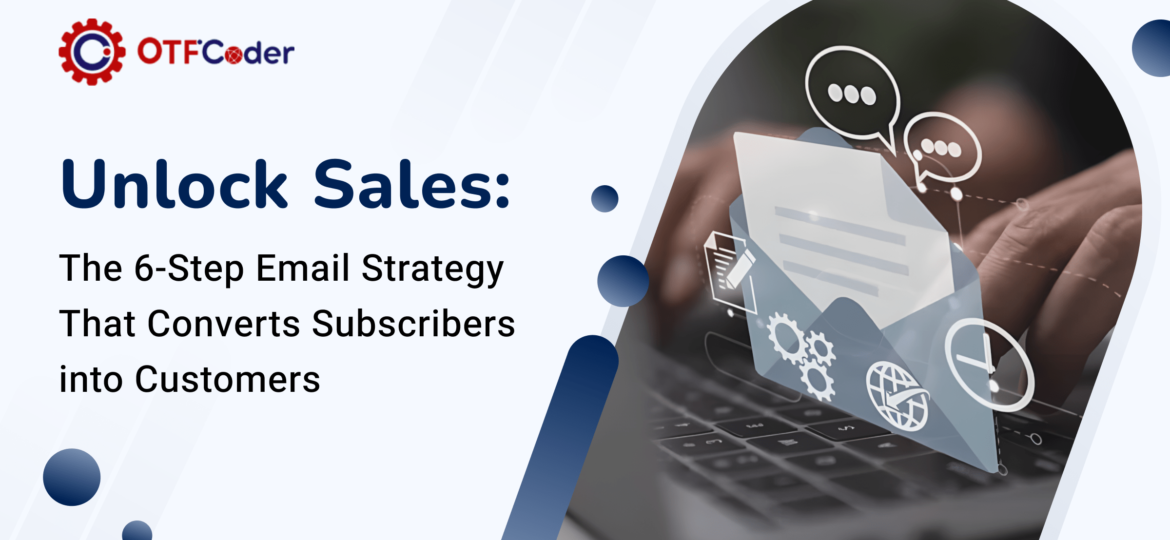
In the fast-paced digital landscape, crafting an effective email strategy is more than a necessity as it’s your gateway to transforming subscribers into dedicated customers. By compiling your email list with a thoughtfully crafted series of steps, you not only enhance engagement but also boost your conversion rates significantly. Let’s read about a personalized six-step email strategy designed to create loyalty and encourage conversions, making each subscriber feel valued and understood.
Step 1: The Welcome Email
The journey of converting a subscriber into a customer begins with the first interaction, i.e. the Welcome Email. When someone subscribes to your email list, they’re showing interest in what you have to offer, and the Welcome Email is your chance to solidify that interest. Your email should introduce your brand in a way that’s engaging and informative. Briefly explain who you are, what your brand stands for, and what subscribers can expect from your emails. Setting expectations is crucial; let them know how often they will hear from you, the type of content you will send, and the value they will receive. Personalizing this email can make it more effective. Use the subscriber’s name and reference how they found you, if possible. A strong Welcome Email not only builds a connection but also sets the tone for the rest of your email strategy.
Step 2: The Story Email
After making a great first impression, it’s time to deepen the relationship with your subscribers through storytelling. The Story Email is where you let your brand’s personality shine. People connect with stories, so sharing your brand’s journey, values, or even a personal story can make your brand more relatable and memorable. This email should include how your company started, the challenges you’ve overcome, or the mission that drives you. The goal is to build trust and emotional connection with your audience. When subscribers feel they know and understand the essence of your brand, they are more likely to engage with your emails and consider making a purchase. Crafting a relatable Story Email helps to improve your brand and make your audience feel like a part of your journey.
Step 3: The Problem Email
Once you’ve connected with your audience on a personal level, it’s time to introduce the problem your product solves. The Problem Email should identify a common pain point that your target audience faces and then position your product or service as the solution. Show your subscribers that you understand their struggles and frustrations. Then, smoothly introduce your product as the answer to their problem. This approach not only captures their attention but also presents your product as a necessity rather than just an option. By addressing a real issue your audience faces, you create relevance and urgency, making them more likely to consider your product.
Step 4: The Social Proof Email
Now that your subscribers know the problem and your solution, it’s time to back up your claims with social proof. The Social Proof Email utilizes testimonials, case studies, reviews, or endorsements to build credibility and trust. People are more likely to try a product if they see that others have had positive experiences with it. Highlight customer testimonials, showcase ratings, or share success stories from real users. If your product has been featured in the media or endorsed by influencers, this is the time to show it off. Social proof not only reassures potential customers but also helps to eliminate any doubts they may have about your product’s effectiveness.
Step 5: The Incentive Email
By this stage, your subscribers are familiar with your brand, they’ve connected with your story, understood the problem you solve, and seen proof of your product’s value. Now, it’s time to instigate them towards making a purchase with an Incentive Email. Offering a discount, free shipping, or a special bonus serves as a push your subscribers need to convert. Make the offer tempting but straightforward, and ensure that it’s easy for them to take advantage of the deal. Adding a personalized touch, such as mentioning their name and acknowledging their loyalty, can make the offer feel exclusive. This email offers a win-win situation: the subscriber gets a great deal, and you get closer to converting a lead into a customer.
Step 6: The Urgency Email
Finally, the Urgency Email is designed to drive immediate action by creating a sense of time limitation. This can be particularly effective when paired with the incentive you’ve just offered. The goal is to encourage subscribers to act now rather than later. Highlighting that an offer is ending soon or that limited stock is available can prompt subscribers to make a quick decision. Urgency taps into the fear of missing out (FOMO), which can be a powerful motivator. The Urgency Email is a critical step in your email strategy as it often drives the final push needed to convert subscribers into paying customers.
Read More: Are you an Ecommerce Brand but don’t have a Post Purchase Email Flow?
Conclusion
An effective email strategy is key to converting subscribers into loyal customers. By carefully crafting and executing these six types of emails—Welcome, Story, Problem, Social Proof, Incentive, and Urgency, you can guide your audience through a journey that not only builds trust but also encourages them to take action. Whether you’re new to email marketing or looking to refine your approach, these steps will help you boost your digital marketing efforts. Start implementing this strategy today and watch how your subscribers turn into customers who keep on returning time and again.
